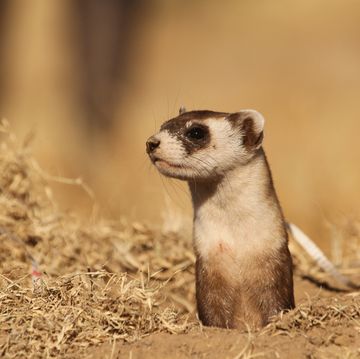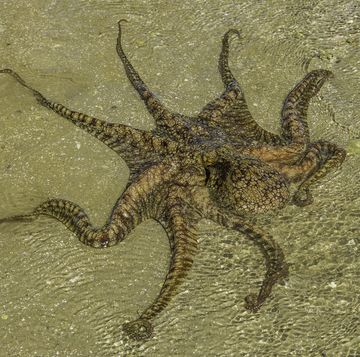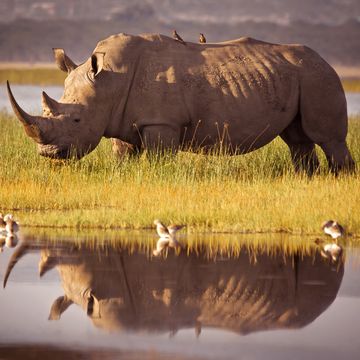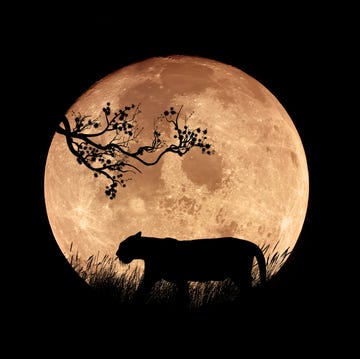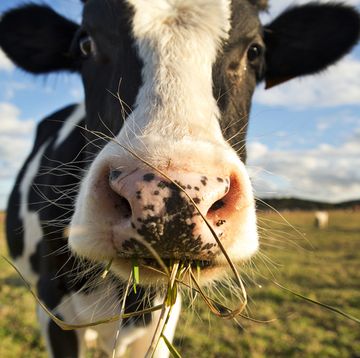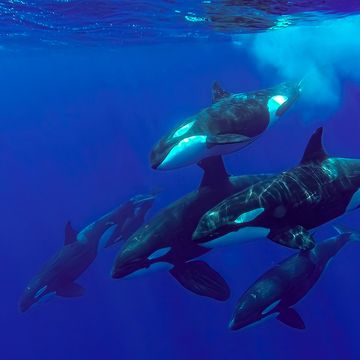- For years, scientists have split neoaves (which make up 95 percent of bird species) into two groups: doves/flamingos and everything else.
- Now, a pair of new studies suggests that doves and flamingos may be more distantly related that we realized.
- This new family took shape after the discovery of a biologically “frozen” piece of chromosome that didn’t mix with nearby DNA as scientists were expecting.
Birds are a symbol of resilience—avian survivors of one of the most cataclysmic events in Earth’s history. But even though our feathered friends have been a fixture on this planet since the mid-Jurassic, the story of their ancestry still has the power to amaze. And for biologists specifically studying avian evolution, it can even completely confound.
One of the well-known facts (or at least we thought) about bird ancestry is that flamboyant flamingos (Phoenicopterus) are surprisingly close cousins with doves. But a new pair of studies, published in the journal Proceedings of the National Academy of Sciences and Nature, discovered a previously “hidden” chunk of DNA that further separates these two birds further apart.
“My lab has been chipping away at this problem of bird evolution for longer than I want to think about,” senior author Edward Braun, Ph.D., a professor of biology at the University of Florida, said in a press statement. “We had no idea there would be a big chunk of the genome that behaved unusually. We kind of stumbled onto it.”
A decade ago, a Braun and his team analyzed genomes of 48 species, which split neoaves—a clade that includes almost all bird species (except things like fowls and cassowaries)—into two groups: doves and flamingos in one and all other birds in the other. But after analyzing some 363 bird species, another story began to emerge. The team saw four main groups emerging, and noticed that doves and flamingos were infact more distantly related than originally thought. So, the question was simple: which tree was right?
“When we looked at the individual genes and what tree they supported, all of a sudden it popped out that all the genes that support the older tree, they’re all in one spot,” Braun said in a press statement. “That’s what started the whole thing.”
The pair of research papers describes how one particular section of chromosome somehow spent millions of years essentially “frozen” in time—specifically, not mixing with nearby DNA as the scientists expected. This strange behavior involves a genetic process known as “recombination,” where an organism combines inherited genes from a father and mother in to the next generation. This makes sure that a species has the most genetic diversity possible.
However, Braun’s research uncovered that this particular section of chromosome said “no thanks” to recombination for a few million years—around the same time as the disappearance of non-avian dinosaurs. For now, that timeline is a strange coincidence, as the researchers have yet to draw any connection from the two events.
But what this does mean is that birds, which have thrived on Earth for hundreds of millions of years, have a new family tree, and biologists can’t be sure what other surprises are just waiting to be discovered.
Darren lives in Portland, has a cat, and writes/edits about sci-fi and how our world works. You can find his previous stuff at Gizmodo and Paste if you look hard enough.


